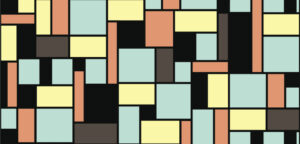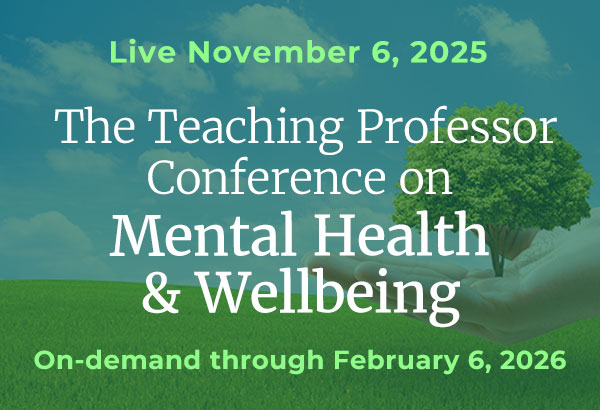
Add Some Pop to Your Teaching: The Value of Pop-Up Courses to Students and the World
When news broke of the Margory Stoneman Douglas High School shooting on Valentine’s Day 2008, students and faculty at the small liberal arts college where I taught at the time were catapulted out of the pastoral slumber and relative safety of our tiny rural











